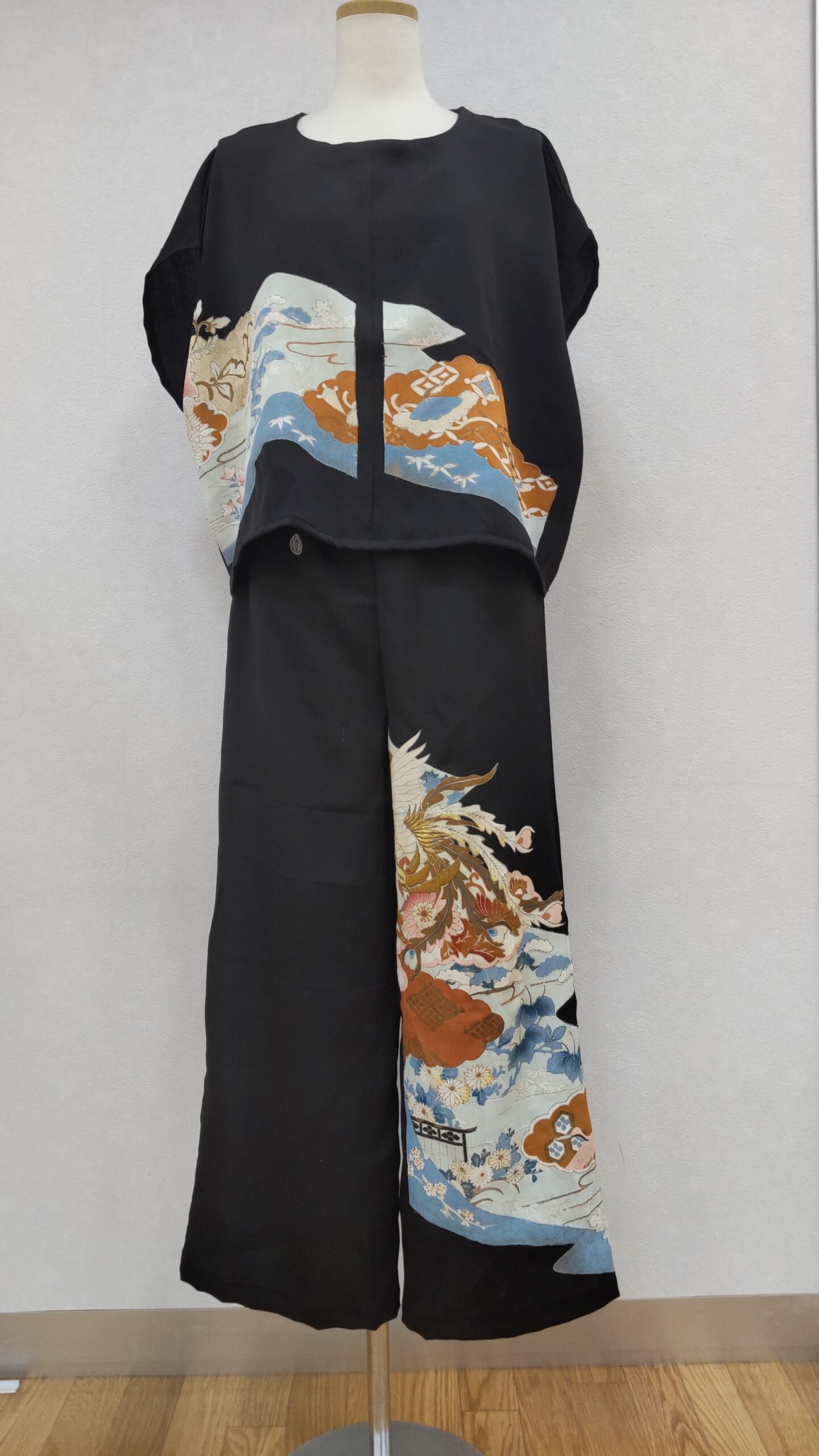For those interested in traditional Japanese kimonos, the history of these garments is incredibly rich, spanning several centuries. Let’s take a journey through time to explore the evolution of kimonos.
History of Kimono
During the Nara Period (710 AD – 794 AD), Japanese clothing was influenced by China and the Korean Peninsula. Men wore “hakama” while women wore “hitoe,” both characterized by simple shapes.
In the Heian Period (794 AD – 1185 AD), clothing became more intricate and glamorous as aristocratic society developed. Women wore layered kimonos with twelve sleeves, and men adorned themselves in splendid attire.
The Kamakura Period (1185 AD – 1333 AD) marked the rise of the warrior class, and practical attire like hakama and half-hakama became prevalent.
Technological advancements in weaving during the Muromachi Period (1336 AD – 1573 AD) led to luxurious and vibrant garments. Material and dyeing techniques gained importance, influenced by tea ceremonies and flower arranging.
During the Azuchi-Momoyama Period (1573 AD – 1603 AD), clothing became even more extravagant with elaborate embroidery and the use of gold and silver leaf.
In the Edo Period (1603 AD – 1868 AD), commoners also started wearing kimonos as societal stability increased. Everyday kimonos like “Edo komon” and cotton yukata flourished during this time.
Despite Western influences during the Meiji Period and beyond (1868 AD onwards), traditional kimonos continued to be widely used. However, the frequency of kimono wear decreased with the popularity of Western clothing.
Upcycling Tomesode

In modern Japan, occasions to wear kimonos outside of ceremonial events have diminished. Nevertheless, many women today wish to cherish and stylishly incorporate inherited kimonos into their lives.
In Komagane City, Nagano Prefecture, there’s a culture club that upcycles these dormant kimonos. The showcased kimono is called “tomesode,” the most formal attire for women, worn by close relatives of the bride and groom during weddings and receptions.
The upcycling process for tomesode sleeves involves considerable effort. Surprisingly, the fabric used is silk. The process includes disassembling the lining, transforming it into fabric, and tailoring it into a blouse, dress, or pants on the design.

Primarily designed for those who wish to create something unique from their own kimono, this custom-made process is an initiative to repurpose cherished family kimonos, leaving a lasting legacy for future generations.
If your country has similar fantastic cultural practices, we would love to hear about them! Share your stories and traditions with us.


Leave a Reply